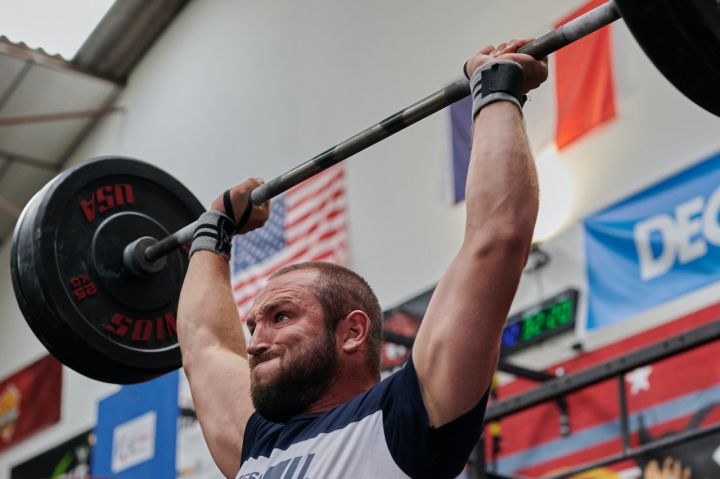There Are So Many Details About Pectoral Muscles, Which Ones Do You Use? Or Some Of Them Have Never Been Used?
When it comes to the international chest training day, some of my buddies push 100kg and their pecs are thin, while his friend pushes 80kg and his pecs are two turns thicker.
The bench press is one of the measures of training level. Why do different partners have different results when they practice? Is it the wrong posture, the wrong weight, or the wrong arrangement?

train your muscles the way you understand how to train them, sometimes you are right, sometimes you just think you are right and may have overlooked some advice. On the contrary, most guys don't build full pecs effectively and even take more time, so today we point out three things that most guys don't do or do wrong when training their chest.
1. Elbow position
elbow position is pretty important - not just for chest training, but for almost any part of the body that involves upper body training as well. The training of the pectoral muscles is our focus. How much weight you push is not the most important thing, training full, thick, balanced pecs is the main thing.

the elbows need to be spread 45 degrees from the sides of the body in all chest movements. To explain this succinctly, the elbows should be open to the sides, not tucked in at the sides of the body. Using a regular grip spacing will help prevent a suicide grip.
When the barbell stops at the chest, the upper arms (from elbows to shoulders) should form a similar t-shape relative to the body. Do a good warm-up before doing the bench press to avoid too much weight and pushing too low, then the bench press will be very effective.

3. Focus on upper chest training
many partners often commit a problem by adjusting the upper incline bench too high. The upper incline should be around 15-30 degrees, and if you have to do a higher angle because the angle of the upper incline bench is limited, do not exceed 30 degrees. The higher the angle, the more the anterior deltoid bundle is engaged and the higher angle also puts the shoulder in a potentially vulnerable position.
Some guys think that higher angles can be good for training as long as the scapular position is correct, but i don't agree. Even if you know how to train the pecs properly and the scapulae are in the correct position, you still need a lower incline to activate the upper chest without engaging the anterior deltoid too much.

some partners also say that a lower angle will not stimulate the upper pectoral muscles enough, even if the elbows are in the correct position (elbows open), it is not correct. If the elbows are tucked in at any upper chest position, the anterior deltoid bundle will also be more engaged. It is possible to train the anterior deltoid bundle on shoulder training days and focus more on the pectoral muscles on chest training days.

most plank and downward sloping hummer bench press machines make it difficult to open the elbows because the seat is generally set too low. For example, if you are 1m 8 tall, you would have to set the seat of the downward sloping hummer bench press to the lowest position, thus allowing the elbows to open. It also explains why some smaller guys can push up more weight when using these machines. It is easier to get pectoral growth by pushing up larger weights.

3. Using (or not using) the correct chest movements
too much emphasis is placed on the barbell or dumbbell bench press, this order does not tell you that benching is bad, benching builds big pecs, it certainly does. The same goes for the dumbbell bench press. The dumbbell bench press is probably more beneficial than the barbell bench press because it has a greater stroke. Again there are other chest training movements that are also useful, especially the dumbbell flyer.

some of you may think that this is a useless 'isolation' movement, but it is important to explain that when muscles are in a state of stretch, most muscle fibres feel burned and the dumbbell flyover puts the muscles in a state of stretch more easily than the bench press.
Dumbbell flyes also reduce the engagement of other muscles, such as the deltoids and triceps. When the elbows are open and the upper arms are in a position (from elbows to shoulders) slightly below parallel to the floor (this position does not change whether the bench is flat, upward or downward inclined), the dumbbell flyover trains the pecs through a more complete movement stroke.

there is no bench press that can cover the range of motion of the dumbbell flyer. Film yourself doing the flybys and then video yourself doing the bench press, paying attention to the range of motion based on the elbows.
Focus your attention on the three points of how to train your chest more effectively and discover that once stale chest training takes off again.

don't fall into a hole, know your level and train the bench press correctly to identify your weakness and break through it!
